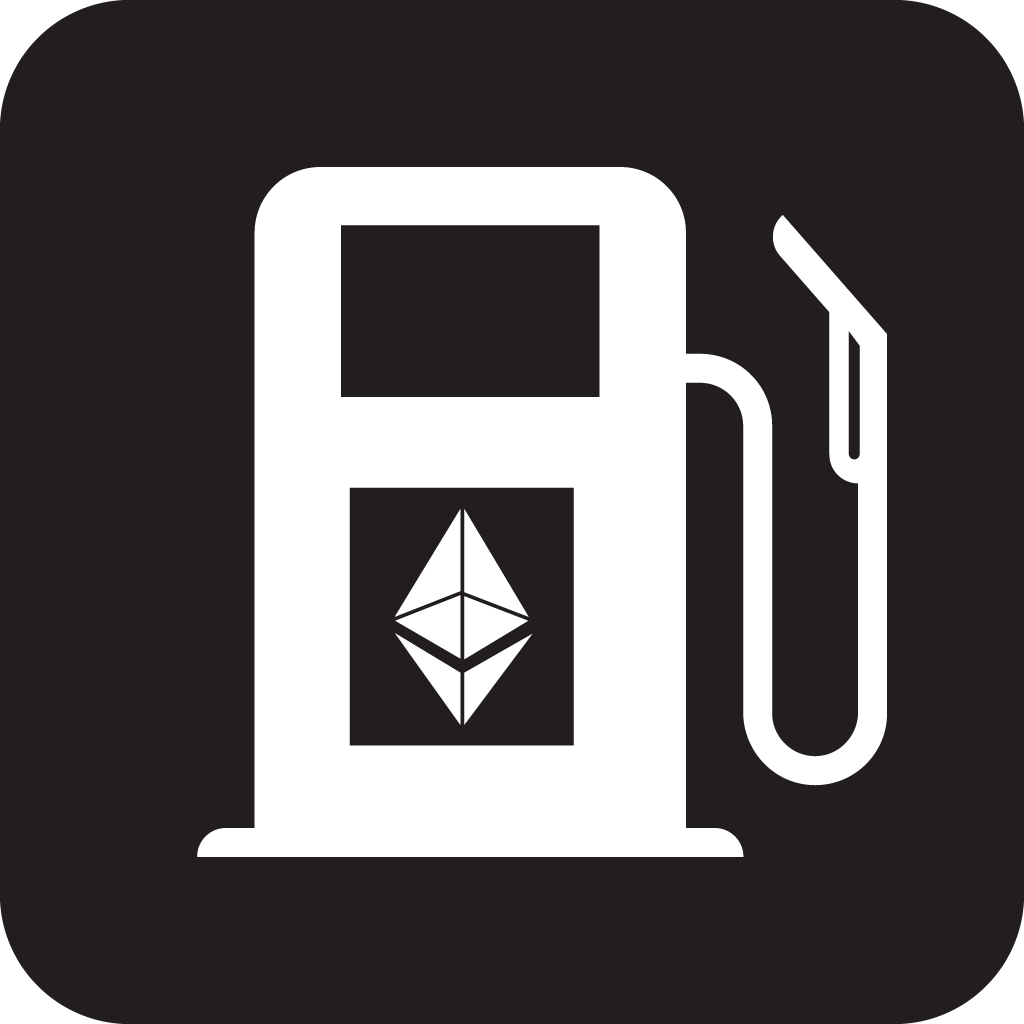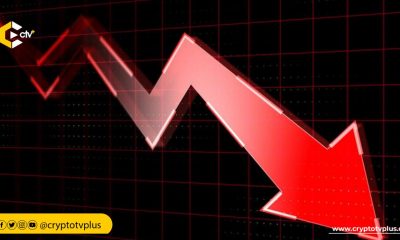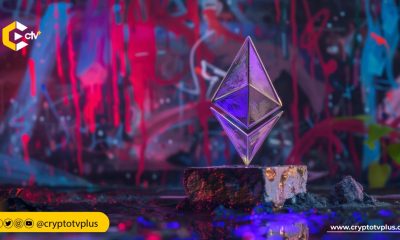FEATURED
Understanding the Ethereum Gas

One central component of the Ethereum Network is “Gas”, and from recent trends, it appears that the technicalities surrounding the Ethereum gas may progressively make it become too abstracted for users of the Ethereum Network. For those of us still very much interested in understanding how it works, here is a brief pointer to what the Ethereum Gas is all about and what determines the gas fees you pay for processing transactions on the Ethereum Network.
Ethereum Gas and Gas Fees
Simply put, Ethereum gas is what powers the running of the Ethereum Network’s many decentralized applications. The term gas fee is the word coined by the Crypto community to mean a fee paid by a network user to enable him process a transaction on the Ethereum Blockchain. Simply put, transaction fees on the Ethereum network. Gas fees are paid in a unit of ETH, dubbed “gwei”. A gwei (aka nanoether is the same as 0.000000001 ETH).
It only makes sense that when you process more complex transactions on the Ethereum Chain, the gas fees should increase simultaneously. In essence, different on-chain transactions on the network will have different accompanying gas costs.
What Determines Gas Fees?
One may ask who or what determines the rate of gas fee to be paid per transaction. For a fact, ETH gas fees are not static, when a user sends an on-chain activity with a requested transaction fee, miners go on to pick the transaction they will go ahead to mine into a block. The gas fee is really a middle ground between the miners and users where the latter bids what miners accept in a progressive order.
This suggests that the more transactions a user pushes forward, the higher the price of gas fee. It follows that transactions with higher gas fees will be more attractive to miners and of course will receive a faster processing attention than their sister transaction with lower gas fees.
Formula for Computing Gas Transactions
Here is a quick formula for computing the cost of an ETH Gas transaction: multiply the current gas price by the current gas limit and there you have the cost: (i.e. gas price * gas limit = transaction cost).
For better context, Gas limit is the price ceiling you are willing to bid as fees for a transaction on the ETH Network. In essence, you are not willing to go higher than in payment for processing a transaction. Good thing is that as a user you do not have to pay the maximum amount, so the ETH remainder goes back to your digital wallet.
























